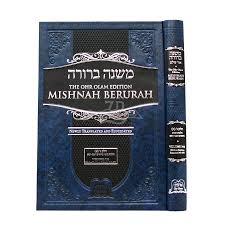Pioneers of Religious Zionism

Pioneers of Religious Zionism Raymond Goldwater Urin Publications / 158 pages Pioneers of Religious Zionism explores the life of the six most prominent leaders of religious Zionism in the 19 th and early 20 th century. These are Rabbis Yehuda Alkali, Zvi Hirsch Kalischer, Samuel Mohliver, Jacob Reines, Abraham Isaac Kook, and Judah Leib (Fishman) Maimon. There is roughly thirty pages devoted to each of these rabbis, where we learn about their early years and education, political opinions, and their relationship and influence within the Zionist movement. A central feature of all these rabbis’ lives is that that by collaborating with the secular Zionist movement, they were victim to fierce opposition, condemnations, and defamations from their colleagues in Europe and the Land of Israel. The biographies are well written and balanced. The author is trying to present these rabbis’ lives in a historical context in an easy to digest scholarly format that i...













